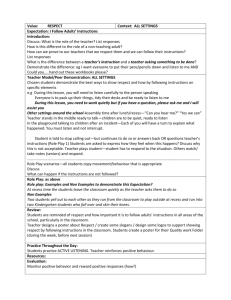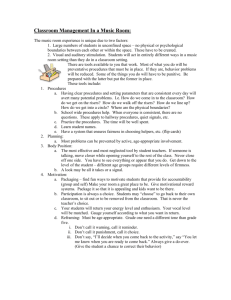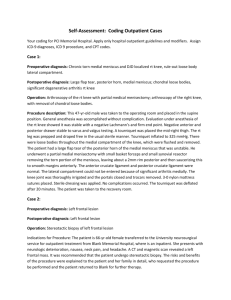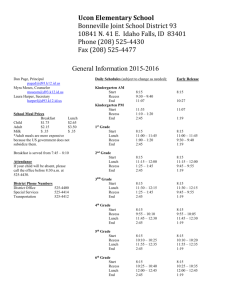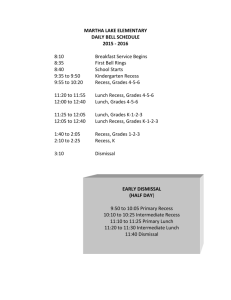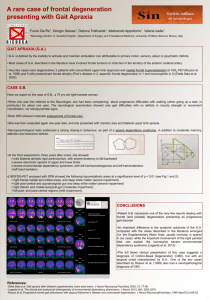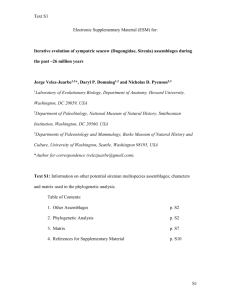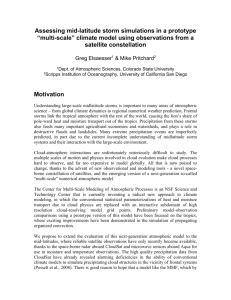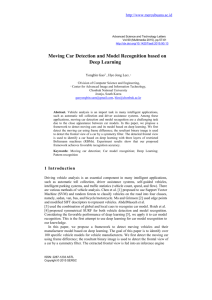Evaluation of Posterior Frontal Recess Cells with Cone
advertisement
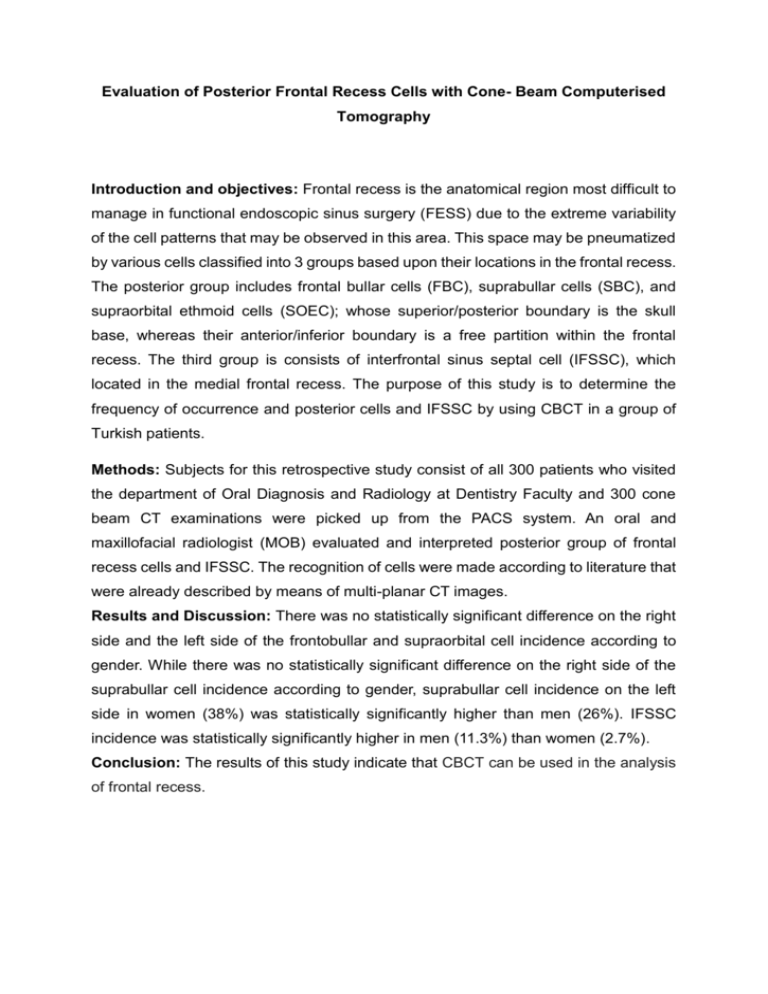
Evaluation of Posterior Frontal Recess Cells with Cone- Beam Computerised Tomography Introduction and objectives: Frontal recess is the anatomical region most difficult to manage in functional endoscopic sinus surgery (FESS) due to the extreme variability of the cell patterns that may be observed in this area. This space may be pneumatized by various cells classified into 3 groups based upon their locations in the frontal recess. The posterior group includes frontal bullar cells (FBC), suprabullar cells (SBC), and supraorbital ethmoid cells (SOEC); whose superior/posterior boundary is the skull base, whereas their anterior/inferior boundary is a free partition within the frontal recess. The third group is consists of interfrontal sinus septal cell (IFSSC), which located in the medial frontal recess. The purpose of this study is to determine the frequency of occurrence and posterior cells and IFSSC by using CBCT in a group of Turkish patients. Methods: Subjects for this retrospective study consist of all 300 patients who visited the department of Oral Diagnosis and Radiology at Dentistry Faculty and 300 cone beam CT examinations were picked up from the PACS system. An oral and maxillofacial radiologist (MOB) evaluated and interpreted posterior group of frontal recess cells and IFSSC. The recognition of cells were made according to literature that were already described by means of multi-planar CT images. Results and Discussion: There was no statistically significant difference on the right side and the left side of the frontobullar and supraorbital cell incidence according to gender. While there was no statistically significant difference on the right side of the suprabullar cell incidence according to gender, suprabullar cell incidence on the left side in women (38%) was statistically significantly higher than men (26%). IFSSC incidence was statistically significantly higher in men (11.3%) than women (2.7%). Conclusion: The results of this study indicate that CBCT can be used in the analysis of frontal recess.
